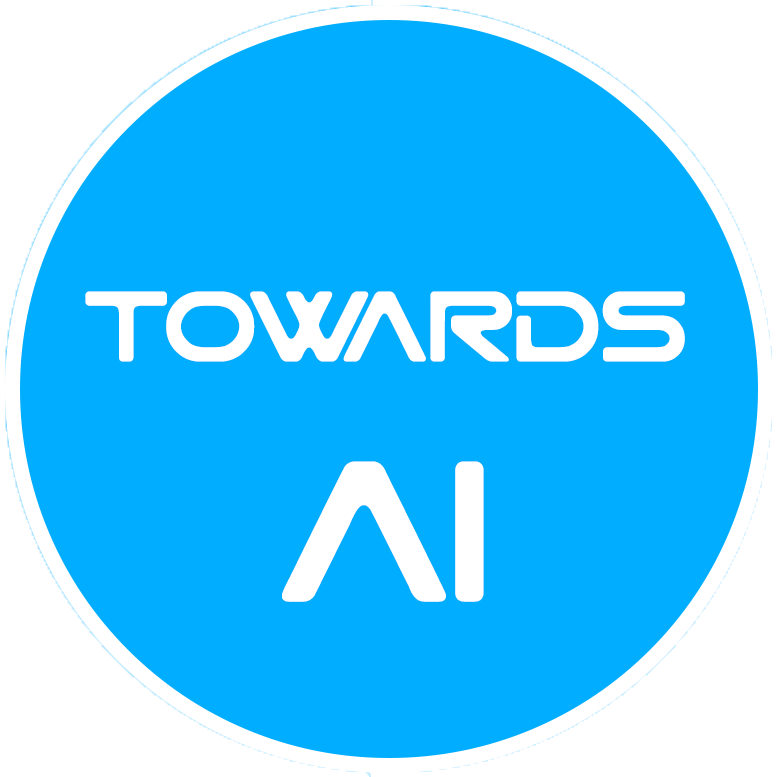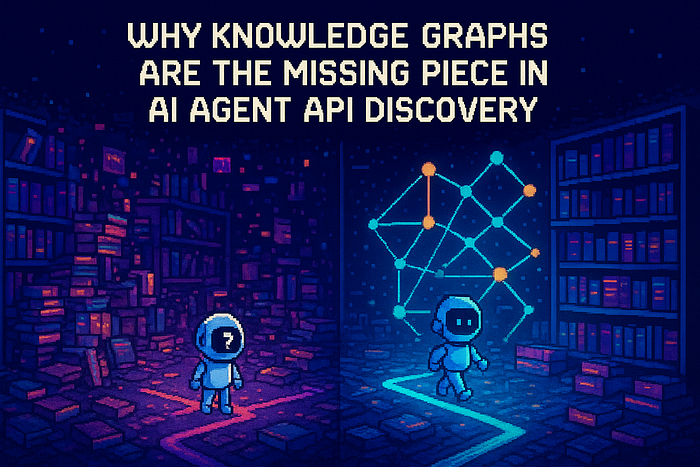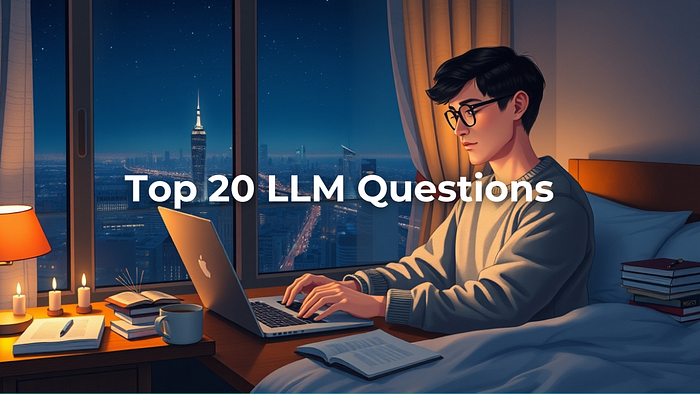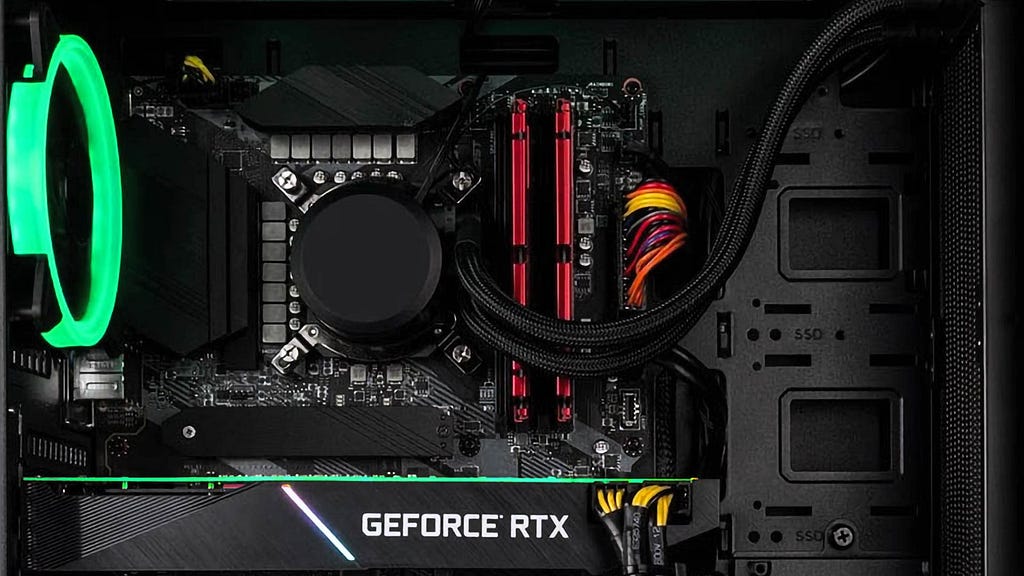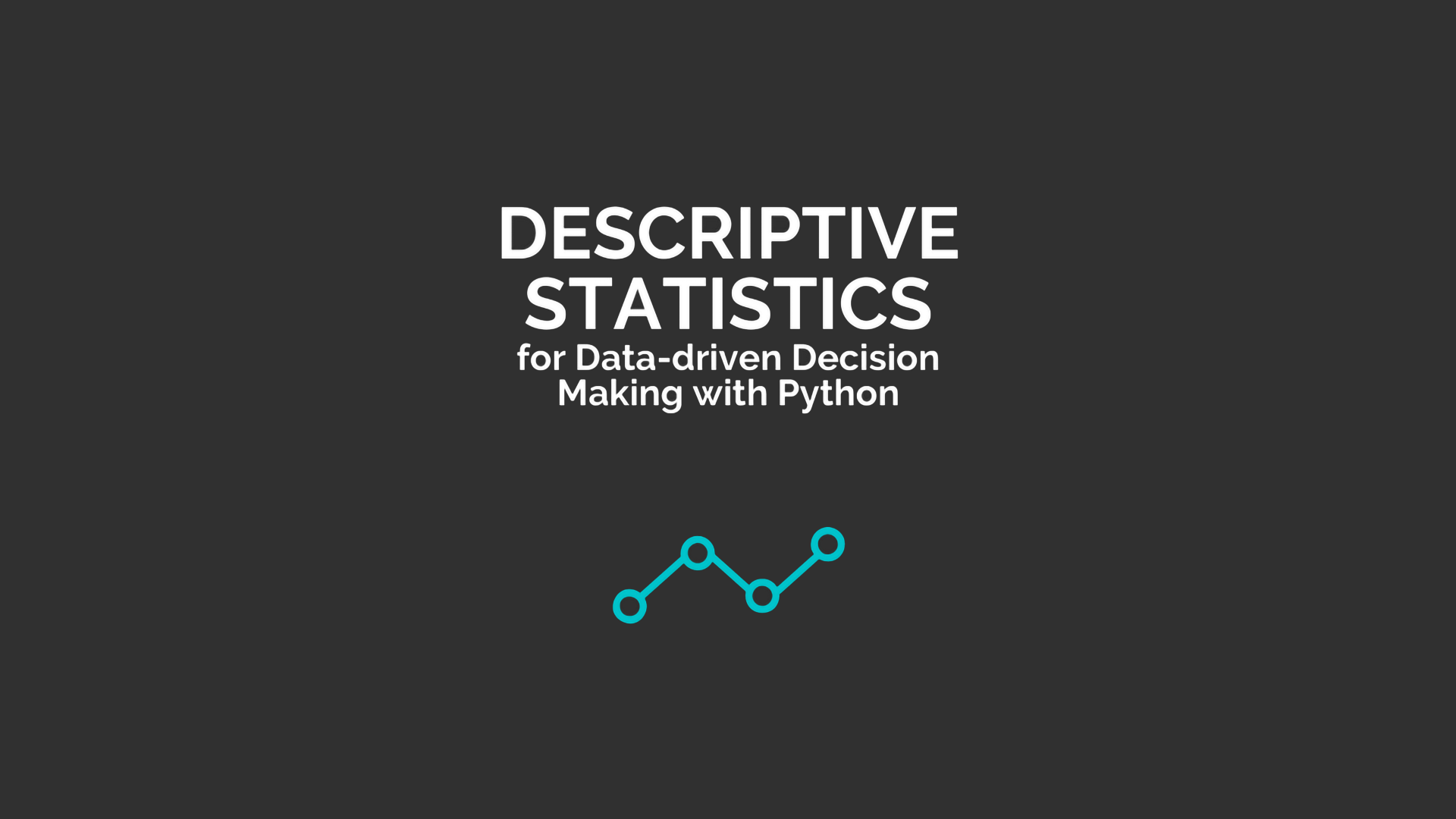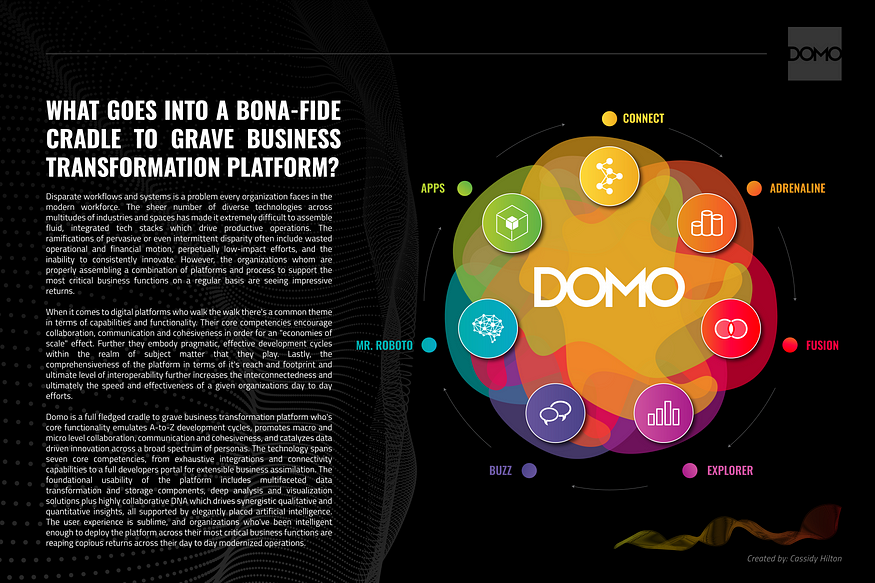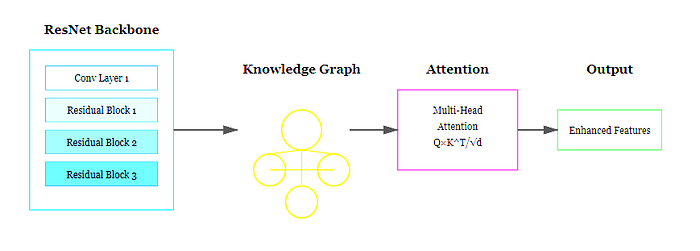
OLMo 2 vs Claude 3.5 Sonnet: A Head-to-Head AI Showdown
Last Updated on August 28, 2025 by Editorial Team
Author(s): Adi Insights and Innovations
Originally published on Towards AI.
OLMo 2 vs Claude 3.5 Sonnet: A Head-to-Head AI Showdown
The AI industry is divided between two powerful philosophies — Open-source democratization and proprietary innovation. OLMo 2(Open Language Model 2), developed by AllenAI, represents the pinnacle of transparent AI development with full public access to its architecture and training data. In contrast, Claude 3.5 Sonnet, Anthropic’s flagship model, prioritizes commercial-grade coding capabilities and multimodal reasoning behind closed doors.

This article provides a detailed comparison between OLMo 2 and Claude 3.5 Sonnet, discussing their technical architectures, use cases, and practical workflows. It covers learning objectives, architectural innovations of OLMo 2, and contrasts it with Claude 3.5 Sonnet’s closed-source model. The article explores performance metrics, pricing models, and strategic decisions for choosing between the two models, emphasizing the strengths of each in various applications, including coding and responsiveness to ethical concerns. It concludes with key takeaways regarding their functionalities and implications for future AI developments.
Read the full blog for free on Medium.
Join thousands of data leaders on the AI newsletter. Join over 80,000 subscribers and keep up to date with the latest developments in AI. From research to projects and ideas. If you are building an AI startup, an AI-related product, or a service, we invite you to consider becoming a sponsor.
Published via Towards AI
Take our 90+ lesson From Beginner to Advanced LLM Developer Certification: From choosing a project to deploying a working product this is the most comprehensive and practical LLM course out there!
Towards AI has published Building LLMs for Production—our 470+ page guide to mastering LLMs with practical projects and expert insights!

Discover Your Dream AI Career at Towards AI Jobs
Towards AI has built a jobs board tailored specifically to Machine Learning and Data Science Jobs and Skills. Our software searches for live AI jobs each hour, labels and categorises them and makes them easily searchable. Explore over 40,000 live jobs today with Towards AI Jobs!
Note: Content contains the views of the contributing authors and not Towards AI.


